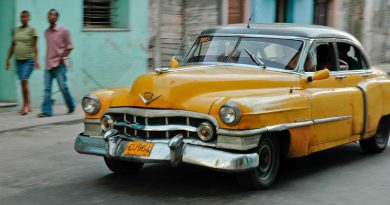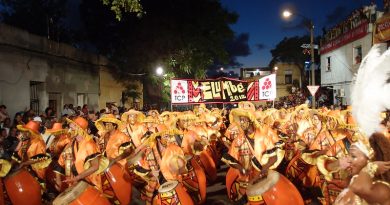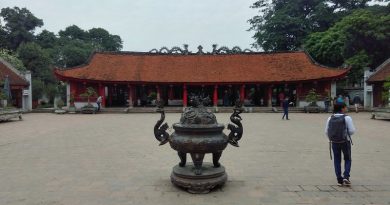The Regions of Italy
Italy is divided into 20 administrative regions, which correspond generally with historical traditional regions, though not always with exactly the same boundaries. A better-known and more general way of dividing Italy is into four parts: the north, the centre, the south, and the islands.
The north includes such traditional regions as Piedmont, which is characterized by some French influence and was the seat of united Italy’s former royal dynasty; Liguria, extending southward around the Gulf of Genoa; Lombardy, which has long been noted for its productive agriculture and vigorously independent city communes and now for its industrial output; and Veneto, once the territory of the far-flung Venetian empire, reaching from Brescia to Trieste at its greatest extent.
The centre includes Emilia-Romagna, with its prosperous farms; the Marche, on the Adriatic side; Tuscany and Umbria, celebrated for their vestiges of Etruscan civilization and Renaissance traditions of art and culture; Latium(Lazio), which contains the Campagna, whose beautiful hills encircle the “Eternal City” of Rome; and the Abruzzo and Molise, regions of the highest central Apennines, which used to support a wild and remote people.
The south, or Mezzogiorno, includes Naples and its surrounding fertile Campania; the region of Puglia, with its great plain crossed by oleander-bordered roads leading to the low Murge Salentine hills and the heel of Italy; and the poorer regions of Basilicata and Calabria.
On the islands of Sicily and Sardinia are people who take pride in holding themselves apart from the inhabitants of mainland Italy.
However, the south and the islands have changed a great deal since about 1960 and have become more modernized. Within these four main divisions, the variety of the much smaller traditional districts is very great and depends on history as well as on topography and economic conditions.
Northern Italy
Liguria – runs along the coastline bordering France, and includes the Italian Riviera and the Cinque Terre. Ideal for a seaside or walking holiday, the region enjoys a mild climate in winter.
Piemonte a more wintery region boasting grand mountains and the smart city of Turin.
Lombardy – an urbane region with lots for the culture-lover. Italy’s second (many would say first) city, Milan, is the regional capital.
Veneto – the Veneto is located in the north-east of Italy, and its most famous city is Venice, although there are many other interesting towns throughout the region.
Friuli-Venezia Giulia – Italy’s far north-eastern corner; an area with a mixture of influences and some off-the-beaten-track destinations.
Central Italy
Emilia-Romagna – a prosperous region with art cities and fine dining.
Lazio – a fascinating region, with lakes and countryside that are normally overlooked in favour of the regional and national capital, Rome
Tuscany – famous for its rolling green countryside and vineyards; also towns like Florence, Siena and Pisa.
Umbria – less well-known than its neighbours, Umbria has hidden attractions as well as popular destinations like Assisi.
Southern Italy and islands
Campania – chaotic but beautiful, Campania’s attractions range from hectic Naples to dream-like Capri and Positano.
Sicily – an island with a history all of its own, Sicily is known for its beaches, baroque towns, cuisine and ancient Greek ruins.
Sardinia – this ancient island has a distinctive character, mountains, ancient ruins and famous beaches.
Calabria – mostly popular for beach holidays, it also has remote national parks.
Puglia – a recent addition to the tourist trail, this is the home of the photogenic round houses called trulli.
Basilicata – remote Basilicata is mountainous and home to Matera, the town famous for its cave-dwelling districts.




